





Learn Aquaponics basic with your mini FREE online aquaponics course
Healthy, Chemical Free Food Affordably In ANY Space
Helping you have healthy food, anywhere with Aquaponics
Aquaponics is a freshwater ecosystem that helps us to grow HEALTHY food, sustainably.

The fish provide fertiliser for the vegetables and the veggies filter the water for the fish.
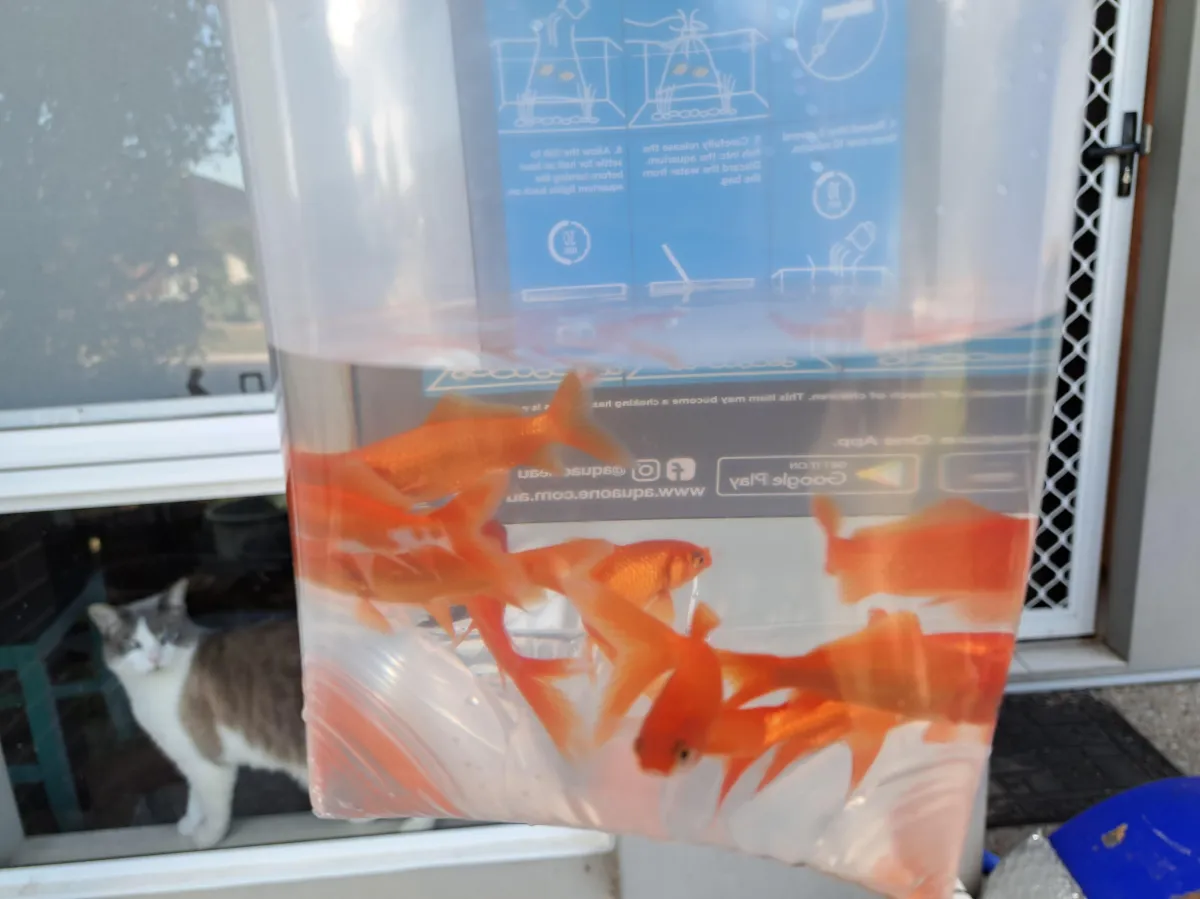
Recycling the water helps the planet whilst growing your own healthy vegetable garden.
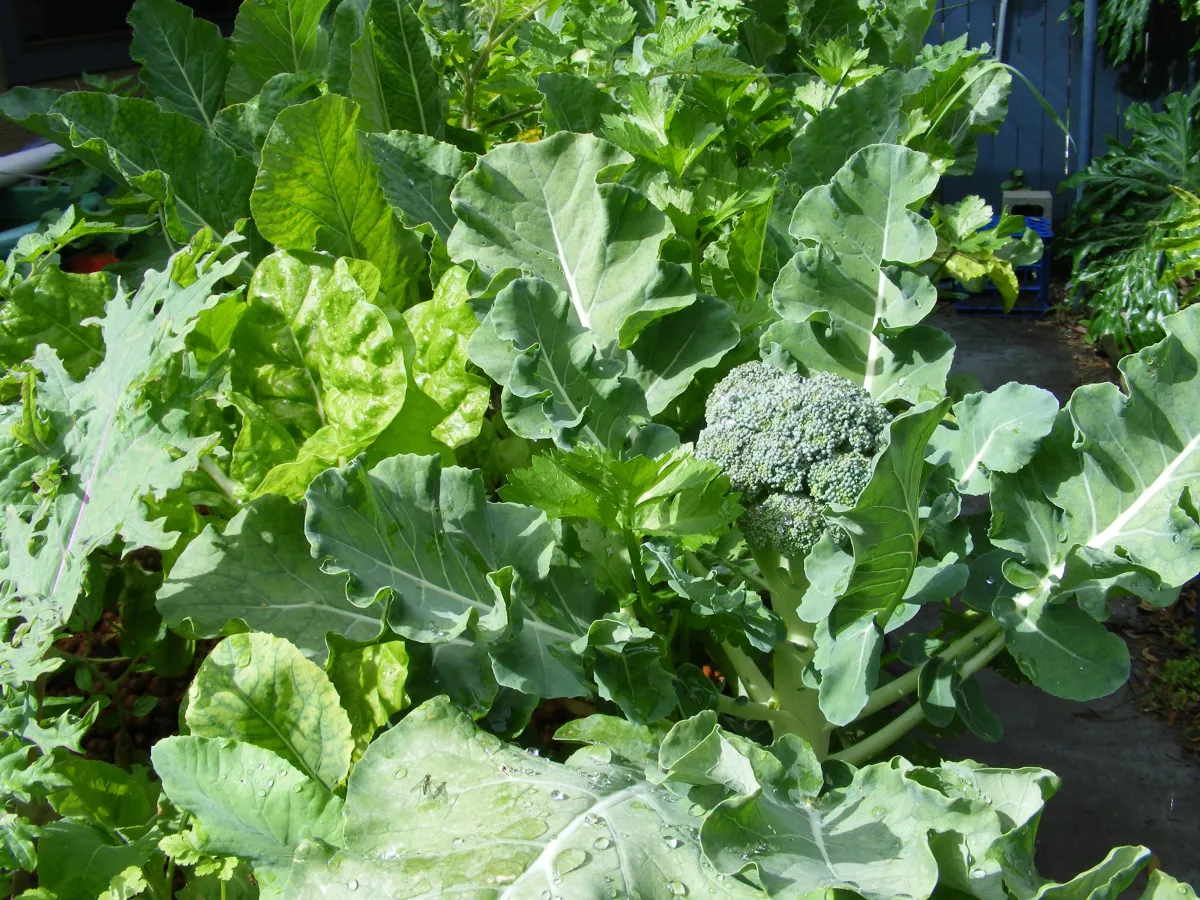
Growing Veggies Faster
Growing More veggies
Using Less Water to Grow Veggies
Easy to Grow Your Veggies
Savings on the Back Pocket
Learn Aquaponics Easily here with your FREE online mini course
Watch This 5 Min Video To See How Incredible Aquaponics Is
When You Don't Have....
Much Room Outside
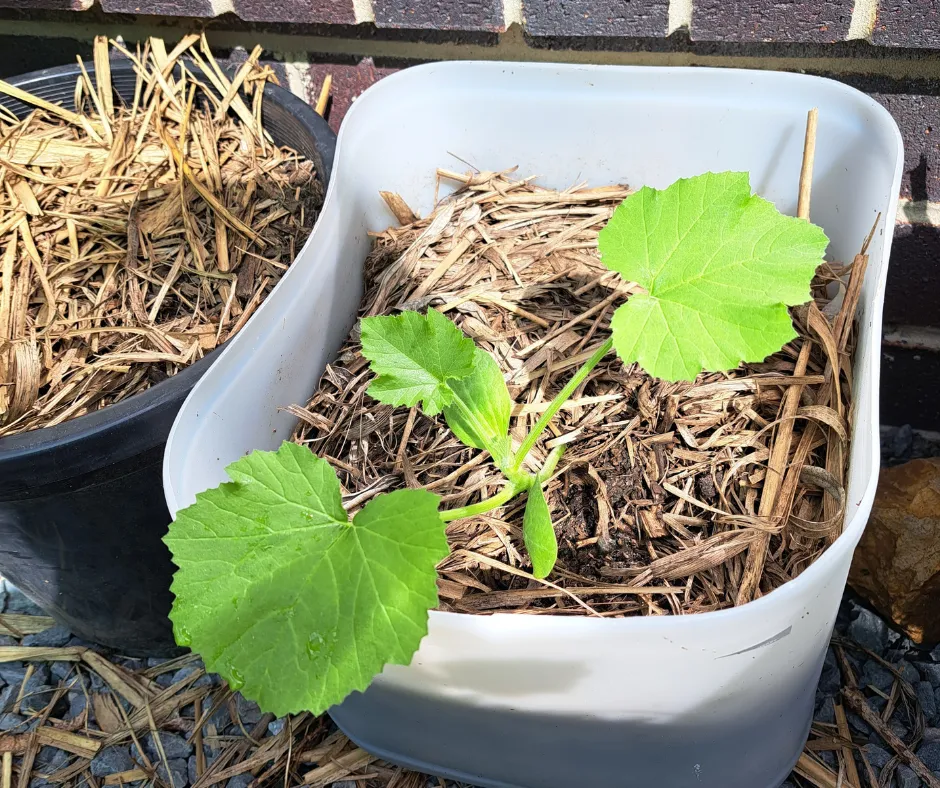
You Only Have Inside

Great Soil
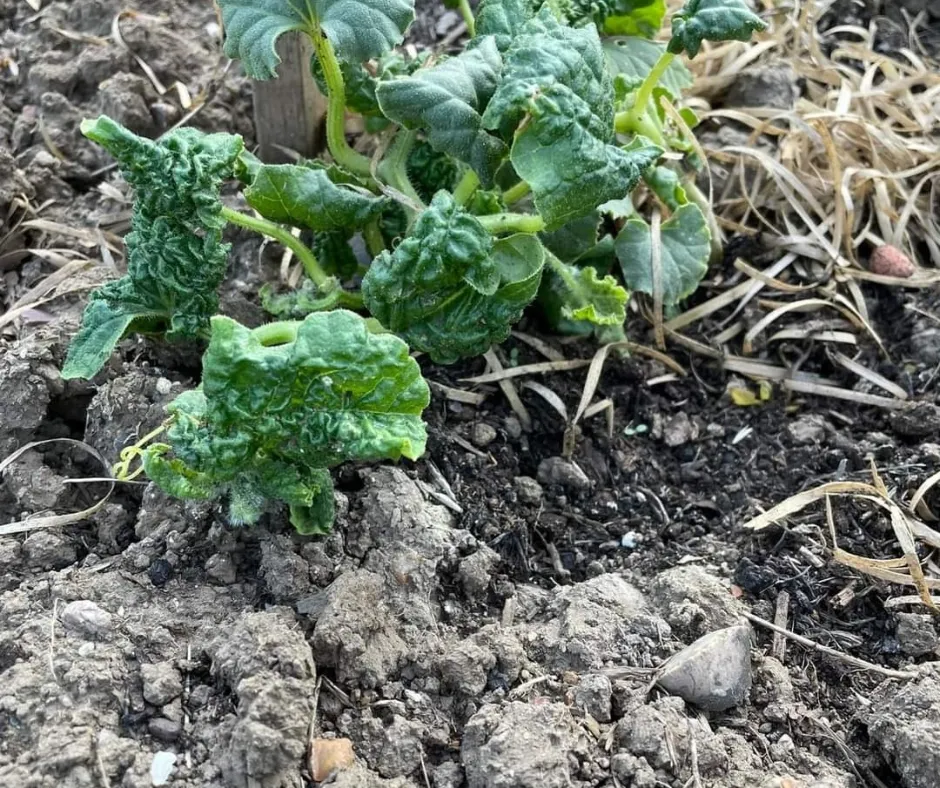
When All You Want Is...
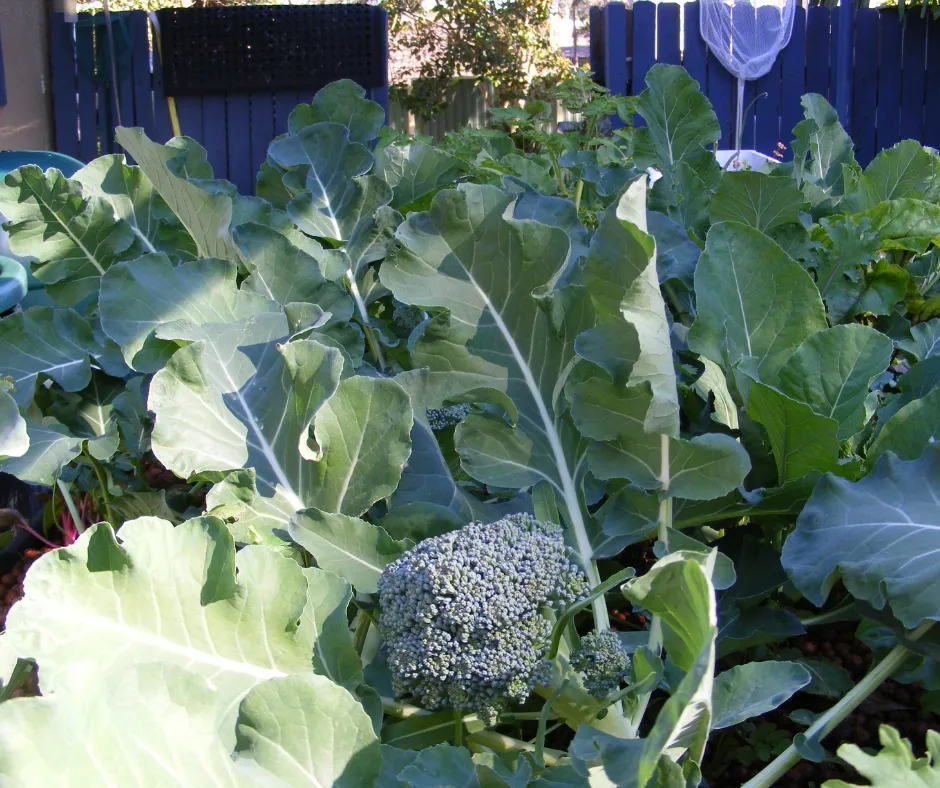
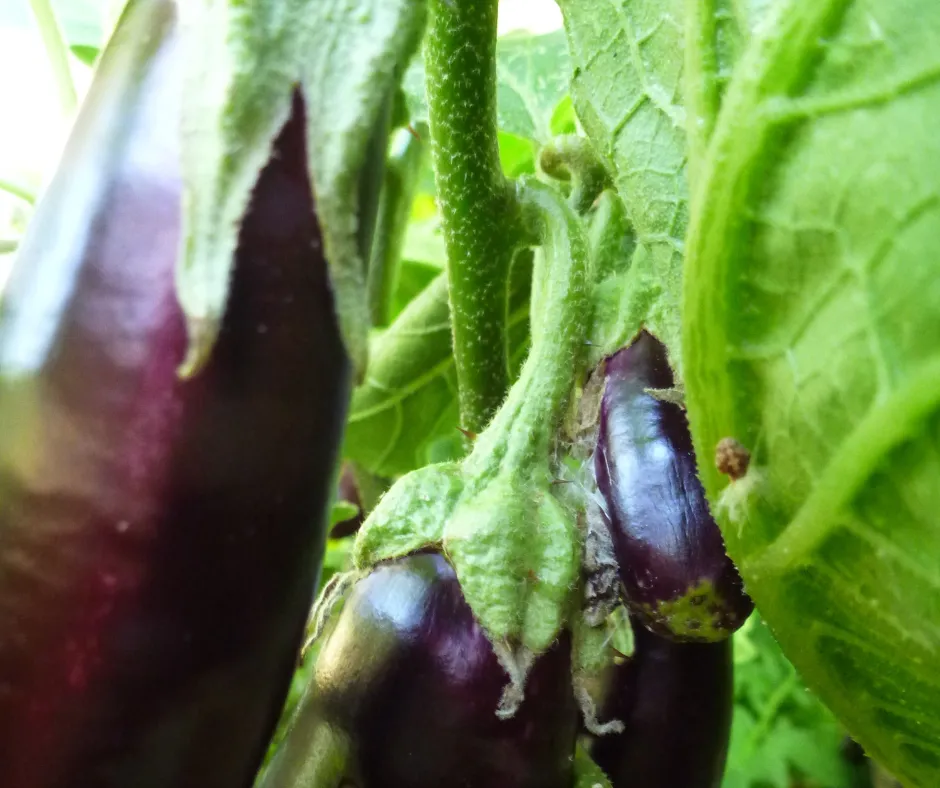
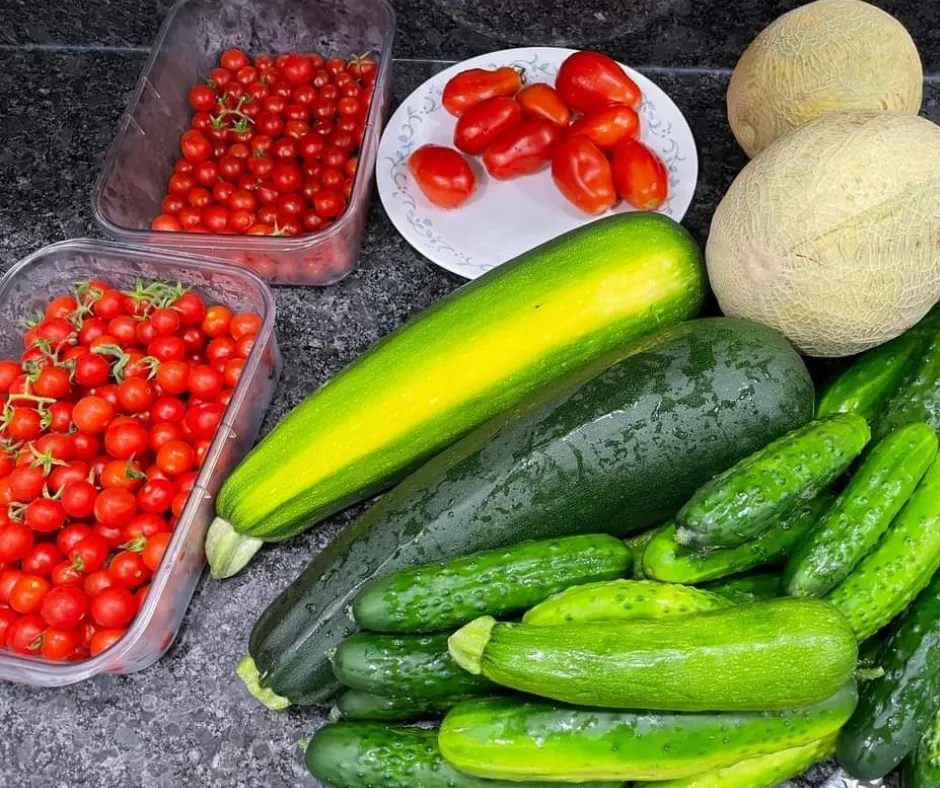
Whether you are limited to small spaces or just want an extension to your existing fruit and vegetable garden, aquaponics is a healthy, fast and affordable way to grow vegetables in any climate.
Your Free Online Mini Aquaponics Course
Videos, photos and notes helping you to understand the key parts of aquaponics, helping you to understand how everything interconnects to function as a healthy ecosystem.
You will learn about layout, filtration, the fish and vegetable relationships, as well as, common designs and parts needed.


As someone who has been involved within aquaponics since 2007 and having studied aquaculture and environmental management, I am passionate about breaking down aquaponics into a simple and easy concept for you to both understand and implement into your home.
Helping you to confidently build your own aquaponics system and keep it running in a healthy, sustainable and affordable way.
Aquaponics is the most sustainable way of gardening. These days, we need to support our environment, as well as ourselves, and Aquaponics is the solution for this.
It is also an amazing form of garden therapy, and an opportunity to look at life differently.
What is aquaponics?
Aquaponics is the growing of veggies and fish together in a harmonious, man-made ecosystem. We replicate nature and reproduce it in a smaller scale to grow our veggies. Not to be confused with fish farming (aquaculture) that doesn't involve veggies, within aquaponics we strive to maintain an ethical balance of fish to vegetables (and filtration) to maintain our ecosystem. Learn more in our "What is Aquaponics" blog article.
How does aquaponics work?
In creating the ecosystem we have fish providing waste constantly in the water, nitrifying bacteria that converts this waste into usable fertiliser for the veggies, and the veggies filter the water for the fish. The process is a continuous cycle of filtering and growing, replicating nature is our small ecosystem. Learn more about how aquaponics works.
How much room does aquaponics need?
The beauty of aquaponics is that it can be done in almost any space. Both indoors and outdoors and in ay climate. You can use a 20L fish tank and grow a small amount if herbs, or build a huge backyard aquaponics system and provide for the family and neighbours. You build it based on your space and needs.
How much does aquaponics cost to build?
As with anything in life, you can build super cheap or super expensive depending on your budget. Cheap is cheap and it looks it, whereas if you invest you can cover things you don't like to see. The cost will depend on the size you wish to build, and if you are willing to invest time in cleaning and modifying recycled materials. Small outdoor aquaponics systems can be easily built for under $200 or less, and larger systems the sky is the limit. Indoor systems can be build for much less. As an avid recycler, I strive to reclaim what I can, and most of my aquaponics systems (small ones) are under $100, with the only cost being the water pump. Investing in an aquaponics system is investing in your health for the future. While I'd love to see people with larger aquaponics systems and eating healthy food, it is in building the larger systems when inexperienced that costs the most money. The best advice is to start small and affordably and as your learn how it works, then expand and you will save a fortune.
How much does aquaponics cost to run?
The running costs of aquaponics will depend on the size of your system and the type of fish that you are growing (as well as your intention with the fish). The small aquaponics systems that I run, the water pumps cost $10 per year to run, and my larger one is $80 per year with all pumps running 24/7. You can calculate the cost by looking at the watts on the pump and looking up your local electric company for the calculator. Additional costs come with the fish if you are growing edible fish, or growing a fish that requires certain diets. Using ornamental fish has a minimal cost involved for food and you can learn to germinate your own seeds and be self sufficient this way.
What fish can I use in aquaponics?
Aquaponics is a freshwater ecosystem, therefore the fish much be freshwater. You can also grow some types of crustaceans in the system. It is always best to grow fish that are native to the area so they are able to handle the climate, and consider the size of the fish tank and filtration to identify any bigger fish you may desire. For instance, getting barramundi for a 200L fish tank isn't suitable, as they can grow to over 1metre in length.
How sustainable is aquaponics?
Aquaponics is the most sustainable form of gardening that we have and has very little impact on the environment. As we are creating an ecosystem in a man-made structure, where the water is constantly recycling through the system, we are removing the stress of growing in exhausted soil, and saving water constantly. There is no waste like hydroponics that has to be disposed of and it is very self sustaining.
What veggies can I grow in aquaponics?
Almost anything from tomatoes to turmeric! Including small fruit trees, root crops and fruiting plants and flowers. What you grow will come down to the design of your aquaponics system and your climate, though you can grow almost anything.
Is aquaponics complex to build?
When you understand the fundamentals of aquaponics, like you need to understand the fundamentals of anything, it can be easy and simple to build. When you don't understand, it can seem impossible to get a handle on. Just like driving as a teenager. It is often overwhelming, but with a few lessons and wisdom, you get more and more comfortable with how it works and it is easier. Aquaponics is very similar.
Some people complicate their aquaponics designs following their ideas to suit their needs, this doesn't have to be the case for everyone. Start small and simple and aquaponics is a dream to build and run.
Is aquaponics hard to maintain?
This depends on your design, however if you build simple designs and focus on prevention not fixing, then aquaponics is very easy to maintain. I spend less that 5min per day looking after my aquaponics systems as the focus when building is to be easy to maintain. This is all about prevention. Keep things simple, and the maintenance is simple.
Is aquaponics time consuming?
Aquaponics doesn't need to be time consuming, it can be simple and easy to build and maintain. However, even with the simplest designs, if you want to fixate and alter things, or work on something, we can always do that. In setting up routine care and maintenance, it prevents the system from having issues and makes it easy to care for. If you ignore it, the ecosystem will get out of balance and you will need to invest more time.
Is aquaponics smelly (that fish smell)?
A common concern with aquaponics is that there is a 'fishy' smell to it. This is not the case. The 'fishy' smell people think about is common with salt water fish. Freshwater fish and aquariums don't have this smell at all. The smell of an aquaponics system if it is healthy, is the smell of the veggies growing, especially the herbs when you brush past them.
Unlike soil gardens when you add manure it gets smelly, this doesn't happening within an aquaponics system unless you don't maintain it.
Is aquaponics noisy?
Generally speaking aquaponics isn't noisy. I use submerged water pumps, so you cannot hear them working, however if you have a much larger system with the water pumps out of the water, then there can be noise. The noise that everyone hears around my place is the running water which is soothing to hear and very gentle. My neighbours cannot hear any of my aquaponics systems, even my larger one.
Does aquaponics use much water?
This is the best part about aquaponics, it is constantly recycling the water through the system, there is no run-off or waste water from the system. Everything is being recycled and reused. You only need to top up the water that is evaporated or used in transpiration of the plants. It is incredibly water saving.
Can I do aquaponics inside?
Absolutely! Aquaponics is perfect for inside or out. You alter your design (check out the free mini course) to make it work for you. I have 3 aquaponics systems indoors. It is great when you are tight of space, live in unforgiving climates, or have freshwater fish (or turtles) and want to reduce your water exchanges and grow some herbs.
Is there a difference between aquaponics and hydroponics?
Yes, there is a huge difference between hydroponics and aquaponics.
Despite the fact that 'hydro' means water and 'ponics' is to 'work with', hydroponics is known as a way of growing veggies in a soil-less environment. An accurate description as it does this. To make what we call 'hydroponics' to work, an artificial system is created with water, vegetable growing medium and synthetic nutrients to grow the veggies.
Aquaponics, which 'aqua' also meaning water and 'ponics' to to 'work with', has a different method of growing food. In aquaponics, it is a man-made ecosystem that is created that involves fish providing waste, nitrifying bacteria (everywhere in the world) converts the waste into useable fertiliser and the veggies then use the fertiliser, filtering the water for the fish, and the cycle continues.
In how they concepts are used: hydroponics is an artificial setup that uses synthetic nutrients to grow veggies and has waste products to be removed. Whereas aquaponics is an ecosystem with living fish, bacteria and plants working in harmony to create a balance that grows our food. It is much more sustainable.
Copyright 2023 | Candy Alexander | All Rights Reserved